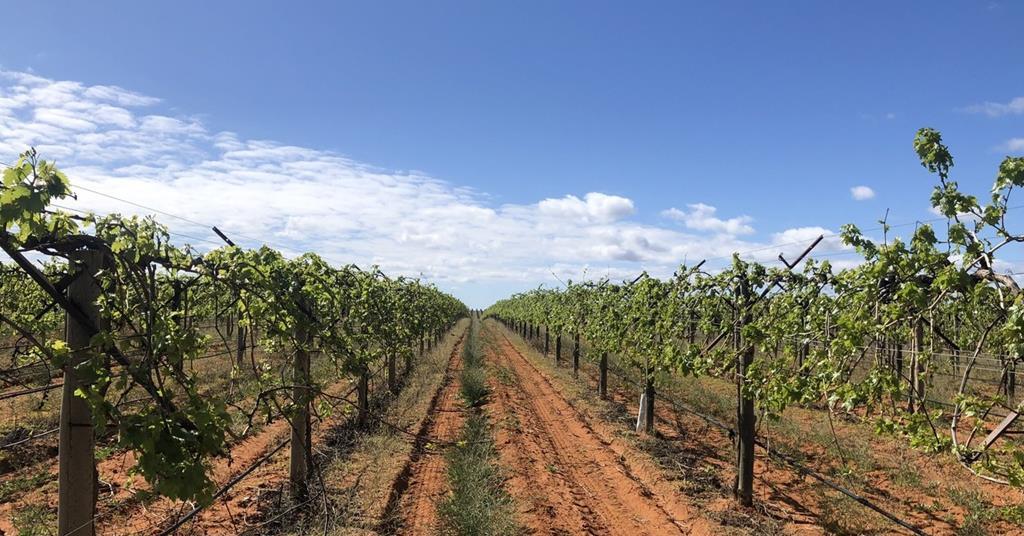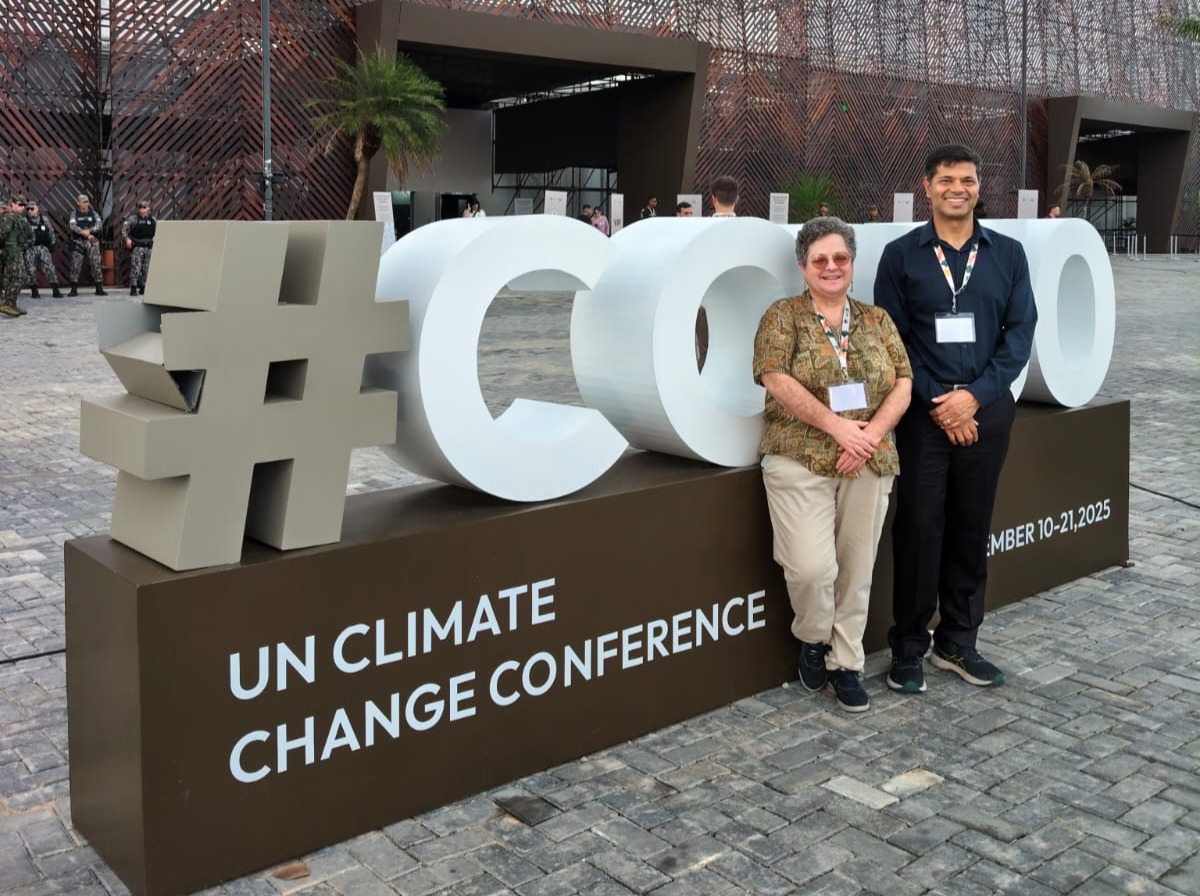Chihuahua Pushes Sustainable Agriculture With Innovation – Mexico Business News

Report on Collaborative Initiatives for Sustainable Agri-Food Systems in the Chihuahuan Desert
Strategic Partnership for Sustainable Development Goals (SDG 17)
A cross-border collaboration has been established between researchers from New Mexico State University (NMSU) and officials from the Ministry of Rural Development of Chihuahua (SDR). This partnership aims to strengthen sustainable agricultural and livestock development, directly addressing the principles of SDG 17: Partnerships for the Goals by leveraging international academic and technical cooperation to achieve shared sustainability objectives.
Enhancing Economic Viability and Food Security (SDG 2 & SDG 8)
A primary focus of the initiative is to rectify the inequitable distribution of value along the agri-food supply chain, a critical challenge impacting producer livelihoods. This effort aligns with key United Nations Sustainable Development Goals:
- SDG 2 (Zero Hunger): By ensuring farmers and ranchers receive a fairer share of profits, the project supports the viability of small-scale food producers and promotes sustainable agriculture.
- SDG 8 (Decent Work and Economic Growth): The initiative seeks to foster inclusive and sustainable economic growth by empowering local producers and creating higher-value economic opportunities within the state.
The establishment of the Center of Excellence in Sustainability of Agricultural and Food Systems is a central strategy to generate alternatives for producers. The objective is to improve incomes through:
- Value-added processing.
- Access to differentiated and niche markets.
- Systematic utilization of by-products.
Successful case studies presented include ranchers who process and retail their own beef and farmers cultivating high-value crops like specialty cherries and saffron for premium markets.
Fostering Innovation and Responsible Production (SDG 9 & SDG 12)
The collaboration emphasizes innovation and resource efficiency as foundational pillars for a sustainable agri-food sector, contributing to:
- SDG 9 (Industry, Innovation, and Infrastructure): The initiative promotes agro-industrial innovation through knowledge sharing from NMSU’s Value-Added Center and the development of local processing capabilities. This builds resilient infrastructure and fosters sustainable industrialization.
- SDG 12 (Responsible Consumption and Production): A significant component involves the research and application of agro-industrial by-products and residues. This strategy promotes circular economy principles by transforming waste from crops like walnuts and chili into valuable inputs, such as animal feed, thereby reducing waste and environmental impact.
Capacity Building and Market Diversification Initiatives
To enhance regional competitiveness and resilience, a series of value-added workshops has been launched. This program is designed to empower local producers to transform and process goods within Chihuahua, reducing dependence on external markets and capitalizing on current trade dynamics as an opportunity for local development.
The workshops, led by international specialists, will focus on products reflecting the state’s regional diversity:
- Green chili
- Walnuts
- Wine
- Dairy products
These training sessions provide a platform for direct engagement with experts, facilitating the transfer of knowledge and the exploration of new business opportunities aligned with sustainable development principles.
Analysis of Sustainable Development Goals in the Article
1. Which SDGs are addressed or connected to the issues highlighted in the article?
- SDG 2: Zero Hunger: The article focuses on strengthening sustainable agriculture and livestock development, improving food systems, and ensuring farmers and ranchers can achieve better incomes, which are central to achieving food security and promoting sustainable agriculture.
- SDG 8: Decent Work and Economic Growth: The initiative aims to improve the economic well-being of producers by increasing their share of profits through value-added processes, market diversification, and creating new business opportunities. This promotes productive employment and economic growth in the rural sector.
- SDG 12: Responsible Consumption and Production: The article explicitly mentions the use of “agro-industrial by-products and residues” to reduce waste and create new inputs, such as animal feed from red blood cells. This directly addresses sustainable management and efficient use of resources, a core principle of SDG 12.
- SDG 17: Partnerships for the Goals: The entire project is based on a partnership between an academic institution (New Mexico State University) and a government body (Ministry of Rural Development of Chihuahua). This collaboration for sharing knowledge, expertise, and technology is a clear example of SDG 17 in action.
2. What specific targets under those SDGs can be identified based on the article’s content?
- Target 2.3: By 2030, double the agricultural productivity and incomes of small-scale food producers. The article directly addresses this by aiming to “allow farmers and ranchers to obtain better incomes” and rectify the issue where “producers often receive the smallest share of the profit.”
- Target 2.4: By 2030, ensure sustainable food production systems and implement resilient agricultural practices. The project’s goal to “strengthen sustainable agricultural and livestock development in the Chihuahuan desert” aligns with this target.
- Target 8.2: Achieve higher levels of economic productivity through diversification, technological upgrading and innovation, including through a focus on high-value added and labour-intensive sectors. The article highlights this through the creation of a “Center of Excellence in Sustainability” and workshops focused on “innovation, product development, and by-product utilization” for products like specialty cherries, saffron, and processed beef.
- Target 12.5: By 2030, substantially reduce waste generation through prevention, reduction, recycling and reuse. The discussion on using “agro-industrial by-products and residues” from walnuts, chili, and other crops as new inputs is a direct application of this target.
- Target 17.6: Enhance North-South, South-South and triangular regional and international cooperation on and access to science, technology and innovation. The “academic and technical cooperation agreement” between New Mexico State University (US) and the SDR of Chihuahua (Mexico) to share experiences and strategies is a perfect example of this target.
3. Are there any indicators mentioned or implied in the article that can be used to measure progress towards the identified targets?
- Income of producers (Implied for Target 2.3): The article’s central problem is that “producers often receive the smallest share of the profit.” An increase in the income of farmers and ranchers would be a key indicator of the project’s success.
- Development of value-added products (Mentioned for Target 8.2): The article gives concrete examples of value-added activities, such as ranchers who “process their own beef to sell in their own stores” and the development of “high-value crops such as specialty cherries or saffron.” The number and success of such new products would be a direct indicator.
- Utilization of by-products (Mentioned for Target 12.5): The article specifies the use of “proteins derived from red blood cells for animal feed” and “waste from walnut, chili, and other crops.” The volume of agricultural waste repurposed into new, valuable inputs can be measured as an indicator of progress.
- Number of cooperation initiatives (Mentioned for Target 17.6): The article describes a specific “academic and technical cooperation agreement” and a “series of value-added workshops.” The number of workshops held, participants trained, and agreements signed are tangible indicators of this partnership.
SDGs, Targets, and Indicators Summary
| SDGs | Targets | Indicators |
|---|---|---|
| SDG 2: Zero Hunger | 2.3: Double the agricultural productivity and incomes of small-scale food producers. | Change in the income share of producers in the agri-food value chain. |
| SDG 8: Decent Work and Economic Growth | 8.2: Achieve higher levels of economic productivity through diversification and innovation. | Number of new high-value and processed products developed by local producers (e.g., processed beef, specialty cherries, wine). |
| SDG 12: Responsible Consumption and Production | 12.5: Substantially reduce waste generation through reuse. | Volume of agro-industrial by-products (from walnuts, chili, etc.) repurposed into new inputs like animal feed. |
| SDG 17: Partnerships for the Goals | 17.6: Enhance international cooperation on science, technology and innovation. | Number of workshops and training sessions conducted under the cooperation agreement between NMSU and SDR. |
Source: mexicobusiness.news
What is Your Reaction?
 Like
0
Like
0
 Dislike
0
Dislike
0
 Love
0
Love
0
 Funny
0
Funny
0
 Angry
0
Angry
0
 Sad
0
Sad
0
 Wow
0
Wow
0
















































:focal(1500,1000)/https://media.globalcitizen.org/a6/9a/a69a4720-d8a1-4715-b596-18738d03c05c/rotary_polio_hero_image.jpg?#)







/countries/sri-lanka/photo-credit---dmc-sri-lanka.tmb-1200v.jpg?sfvrsn=dc298bcc_1#)



















